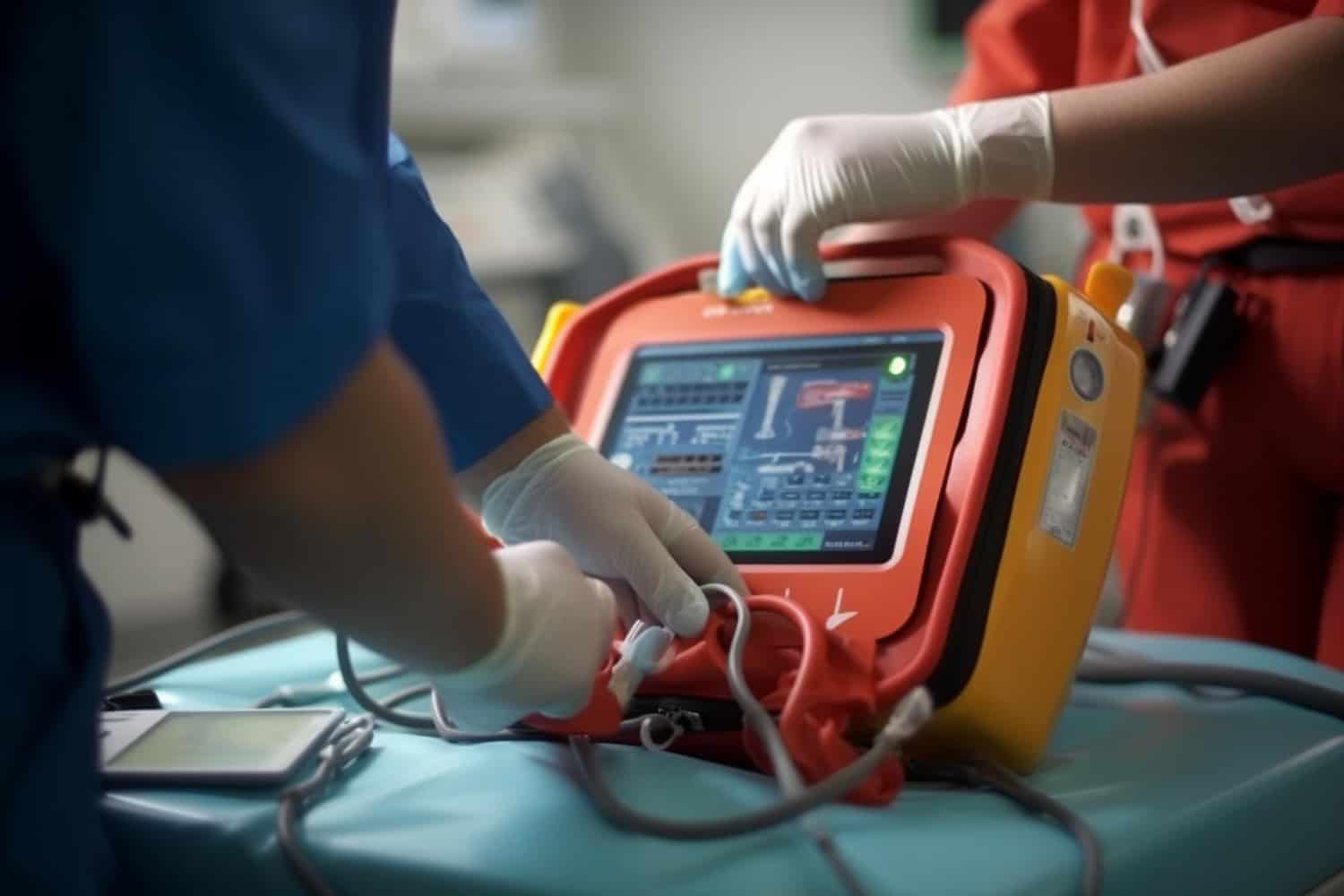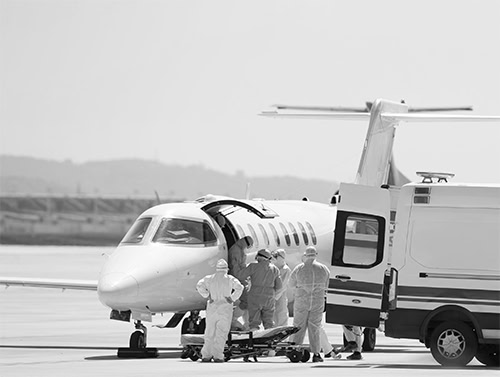Intra-Aortic Balloon Pump - Patient Transfer
Patients battling severe heart conditions that demand intensive medical attention may require the Intra-Aortic Balloon Pump (IABP). While local hospitals may provide essential care, transferring the patient to a more advanced medical facility can provide access to specialized treatments, cutting-edge technology, and highly skilled medical professionals. This transfer offers a lifeline, expanding the patient’s chances of survival and improving their overall outcome.
Air ambulances play a vital role as efficient means of transportation for these critical patients.
An intra-aortic balloon pump (IABP) is a therapeutic device used to assist the heart in pumping more blood efficiently when its functioning is compromised.
The heart pumps blood and nutrients to the different parts of the body and the primary artery that carries the oxygenated blood from the heart is the aorta.
IABP is a mechanical device that is inserted into the aorta through a catheter and assists the heart in pumping blood effectively, improving coronary artery blood flow and reducing the workload on the heart. It consists of an inflatable balloon that is inserted into the aorta, often through a small incision in the upper leg. The balloon pump catheter is inserted into an artery in the leg and guided to the aorta. The balloon then inflates and deflates in synchrony with the patient’s heartbeat. The balloon inflates during the heart’s relaxation phase, pushing blood back towards the coronary arteries to ensure they receive adequate blood supply. When the heart contracts, the balloon deflates, allowing the heart to pump more blood to the body with less energy expenditure. This inflation and deflation are timed to enhance coronary artery perfusion and reduce the afterload on the heart, improving cardiac output and oxygen supply to vital organs.
IABP treatment is indicative in patients with severe heart failure or cardiogenic shock, or during high-risk coronary interventions, such as percutaneous coronary intervention (PCI) or coronary artery bypass grafting (CABG) stabilizing the patient and improving procedural outcomes. In select cases of acute myocardial infarction, particularly when associated with cardiogenic shock, the IABP can help improve coronary blood flow and stabilize the patient’s condition.
IABP treatment is typically used as a temporary measure. Patients may require it until their heart condition improves or until they can receive a more permanent treatment option.
When patients with acute heart conditions connected to IABP have to be transferred to specialized medical facilities, air ambulances play a vital role in providing a controlled environment for their transfer while considerably reducing the travel duration. The patient must, however, undergo a thorough fit-to-fly assessment by expert doctors before the transfer to prevent any untoward incidents arising from the change in air pressure and altitude.
Air ambulances are equipped with cutting-edge medical equipment, including cardiac monitors, ventilators, and resuscitation devices, ensuring that any critical cardiac conditions that may arise can be effectively addressed. Accompanied by a team of highly trained medical professionals, including critical care nurses, physicians, and paramedics, patients receive continuous monitoring, immediate intervention, and comprehensive care during the transfer. Effective communication and coordination between the referring and receiving medical teams is also paramount for a smooth transfer process.
Bluedot Air Ambulance understands the critical nature of transporting patients with IABP. The priority is always patient safety and all necessary precautions are taken to optimize the transfer process for patients requiring such specialized care. The team coordinates closely with both medical teams and Bluedot’s complete digital documentation gives the medical teams access to comprehensive patient medical information every step of the journey, that enables accurate and prompt decision-making. With the focus on patient safety, a highly trained medical team, and access to state-of-the-art equipment, Bluedot patients receive the specialized care they need throughout their journey which has helped us maintain 100% success in our medical transfers.



